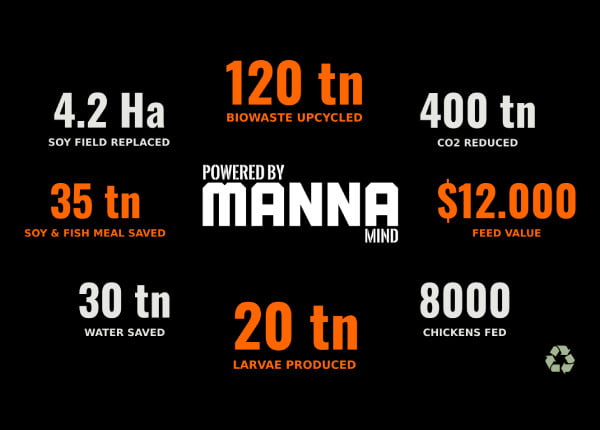
Environmental impact of BSF farming
Insect based feed is an environmental friendly and sustainable option for soy and fish based feed. Using BSF larvae as a substitute for soy and fish based animal feed reduces the need of soy fields, that cause severe gas emissions and land erosion, and saves fish by reducing the dependence of fish as a protein source.
BSF larvae can turn a wide range of organic waste streams into biomass that can be reused as animal feed. In Manna insect farming units the larvae breeding and rearing can be done naturally, without any useless or harmful side products. Compared to using soy and fish based feed, Manna solution reduces CO2 emissions remarkably, and saves significant amounts of water.
Cultivating BSF larvae not only reduces the environmental impact of organic waste but also produces high-quality animal feed and organic fertilizers (frass). With just one 20ft-sized Manna Insect Farming module, you can actively contribute to environmental conservation, support local production, and minimize greenhouse gas emissions linked to transportation. This allows you to generate ample high-protein animal feed and organic fertilizer for personal use on a small farm.
Environmental effect of one Manna Insect Farming module per year

